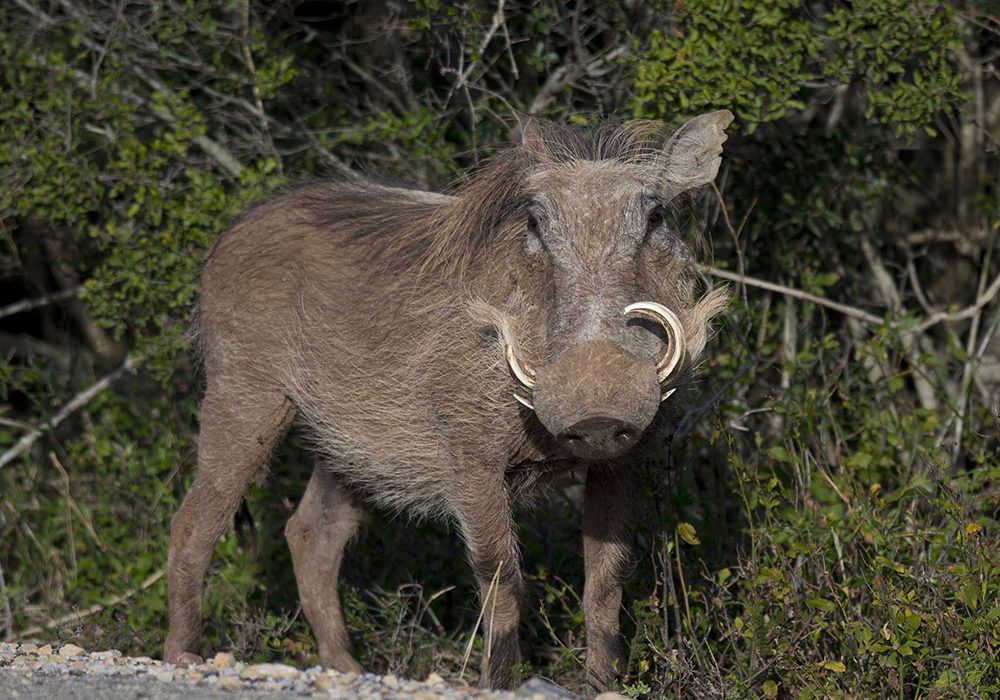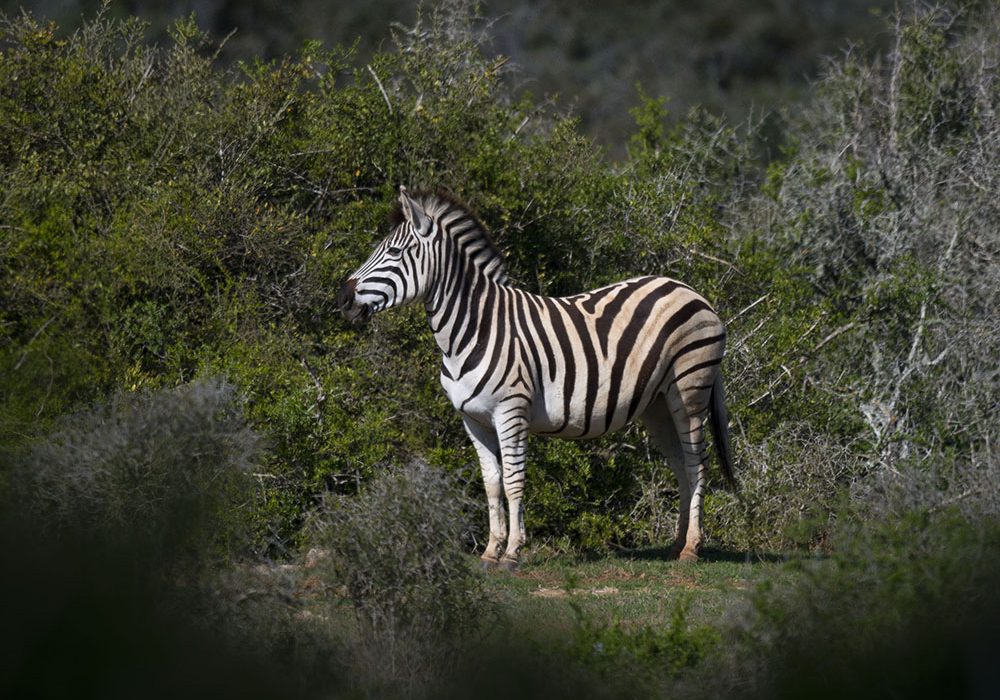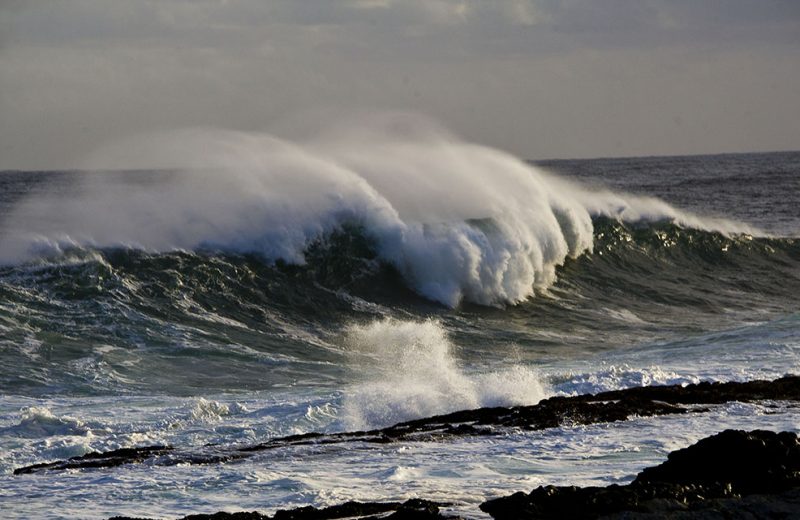This morning we are out of the camp gates at 5.30am and make our way around the loop roads fairly close to camp. There are a number of birds that really are prolific here.



Of course there are many others but wherever one goes these predominate.


Kudu are quite plentiful and are more the normal colour here.

Returning to camp I take a few photos to illustrate again how attractively these Cape National Park camps are styled and laid out.


From these pictures you will get an idea of the nature of the Addo vegetation – quite attractive and succulent.

Pale Chanting Goshawks seem to be the only bird of prey and they are quite common.
This afternoon as we leave camp we come across a pair of Red-necked Spurfowls.



Friday, 16th
This is my third visit to Addo and I have never explored it fully, tending to hang around the northern area near the main camp. Today the forecast is for cloudy conditions so I decide to do an exploratory trip down right down the park to the southern gate. Addo was founded in 1931 with the aim of preserving the remaining 9 elephants that remained in the area. It is quite extensive with the main section north of the N2 highway being 160,000 Hts – compared to the combined area of about 100,000 for iMfolozi-Hluhluwe.

The forecast clouds do not materialize so I wander southwards through the park which consists of the same type of vegetation throughout. Here and there a few water holes are drawcards for the 600 odd elephant that exist in the Park.


Towards the south of the park it is quite hilly with the valley floors being quite grassy. Approaching the coast I get a view of the sand dunes along the coastline.

Again, Pearl-breasted Swallows are collecting mud for nest building.

I exit the Park at the south gate near Colchester and quickly circle the park on the main roads entering the north gate at 11am. I earn “brownie points” by stopping off at Nanaga and taking Renette a lamb-mint pie.
This afternoon the wind is blowing strongly from the east and I head for the nearby Domkrag Dam. Here some ellies (which are all brown coloured from the mud) are drinking.

Whilst watching the ellies another beautiful Malachite Sunbird alights next to me.


I next come across another Pale Chanting Goshawk sheltering from the wind behind a bush. I am not in the habit of writing about the toilet habits of Pale Chanting Goshawks but the this one’s performance was so remarkable that I am going to include the sequence.



No Photoshopping or funny tricks – this is exactly how it happened.









